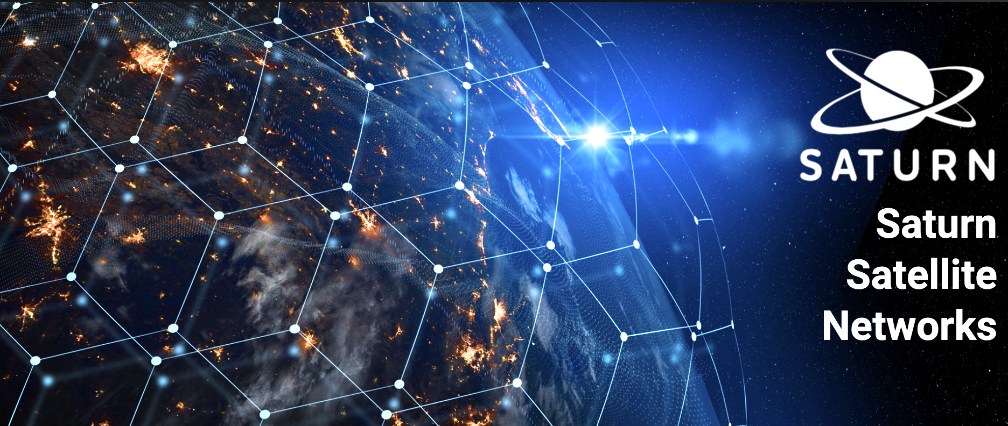
Saturn Satellite Networks has selected CesiumAstro’s Vireo-GEO active phased array RF payload for Saturn’s Space Broadband Networks-1 (SBN-1), a program that consists of six, high-throughput geostationary satellites (HTSs) that will provide satellite-based internet access services to satellite operators, capacity resellers, internet service providers, and end users.
Using CesiumAstro’s direct radiating array, the SBN-1 satellites will provide high-performance multi-beam connectivity in a power-optimized, thermally efficient configuration. Independently steerable and shapeable beams enable an enhanced quality of service.
The payload design allows the satellite operator to dynamically optimize services tailoring coverage and throughput to match demand via software commands while on-orbit and operational. The payloads will be developed at CesiumAstro’s facilities in Austin, Texas, for integration into Saturn’s low-cost GEO platform, the Intelligent Space Node (ISN), in its partner’s Silicon Valley facilities.
On-orbit, the ISN HTS GEO satellites will be fully fungible and fully reprogrammable, allowing them to be operated from virtually any orbital slot while providing the user with almost limitless combinations of spot beam coverages and beam-hopping capabilities.
In an equity partnership with EMP Structured Assets GmbH and one of the largest U.S. defense contractors, and supported by U.S. and foreign export credit agencies, Saturn Satellite Networks is developing the SBN-1 program with commercial arrangements that include full and partial satellite leases, reducing CAPEX for satellite operators and end users who have thus far committed over $1 billion of usage commitments. EMP and Saturn have secured more than $235 million from equity investors, with the balance being supported with ECA financing. The SBN-1 program is projected to start in Q1 2023, with the satellites launched in the second half of 2025.
“CesiumAstro’s direct radiating array payload technology tremendously increases our ability to provide coverage and power flexibility optimized to our customers’ needs, enabling a small GEO platform that can affordably deliver over 120 Gbps. The direct radiating antenna design dramatically reduces the payload’s thermal dissipation requirements and eliminates the field-of-view restrictions in array-fed reflector designs which were proposed to us in the past,” said Tom Choi, chairman and CEO of Saturn Satellite Networks. “It maximizes the system’s value and flexibility, allowing us to tailor our services to match our users’ dynamic requirements while the satellite is on-orbit. We are delighted to work with CesiumAstro’s innovative team led by its CEO, Shey Sabripour. Their professionalism and integrity made this selection the best option for Saturn and, most importantly, our customers.”
“CesiumAstro and Saturn are aligned in our ambitions to advance humanity through low-cost, reliable, high-throughput access to data from space,” Shey Sabripour, founder and CEO of CesiumAstro, said. “We look forward to working closely with Saturn’s team in the months ahead to deliver world-class connectivity solutions.”
CesiumAstro builds high-throughput, plug-and-play active phased array communication payloads for airborne and in-orbit platforms. Cesium’s full-stack, multi-mission hardware and software products enable a range of commercial and defense objectives. For more information, visit: .
Saturn Satellite Networks, Inc., established in 2017, a wholly owned subsidiary of Airspace Internet Exchange, Inc., is a registered Delaware corporation and headquartered in Florida. Saturn was established and is managed by an experienced team of satellite manufacturing, operations, and sales professionals to redefine the approach for building reliable satellites to enable small countries and operators to have affordable access to space communications. Nearly 99% of ISN HTS GEO payload and bus components are procured and integrated in the USA.